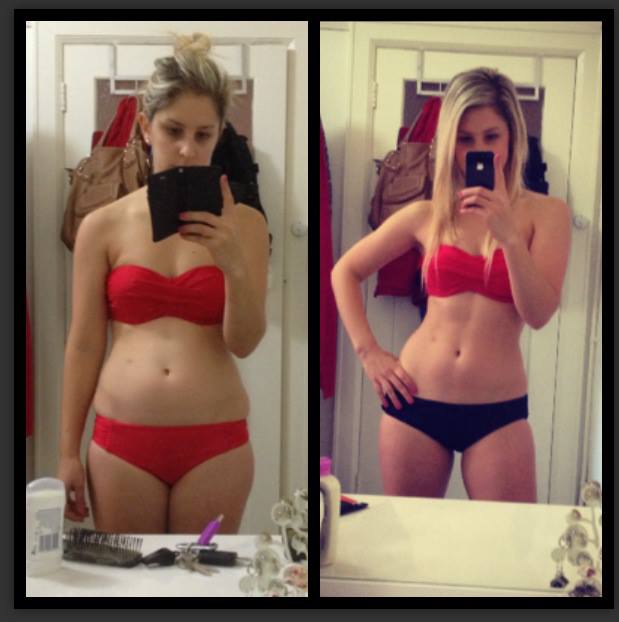It’s hard to believe Conor McGregor’s physical transformation.


The first picture is after winning the Cage Warriors Lightweight title in 2012. He’s 23 years old. Been boxing since 12, training MMA since 17. His body is already the product of more physical training than most people put in in a lifetime.[note]Image source: http://www.punditarena.com[/note]
The second picture is before fighting and winning the UFC Lightweight title. McGregor is the same weight in both pictures, around 155 pounds, but obviously he’s put on muscle. He looks more dominating. In short, he looks even more powerful.[note]Image source: https://www.thesun.co.uk[/note]
What if I told you this transformation cost hundreds of thousands of dollars?
With the paydays from the UFC coming in, McGregor was able to reinvest into his nutrition, his training, and access to world-class facilities and coaches. In the lead-up to his bout for the Featherweight Title, he flew his whole team out to Las Vegas, so he’d be better acclimated.
He hired one of the sport’s top nutritionists, George Lockhart, to handle every piece of his nutrition, from planning to grocery shopping to preparing his meals. McGregor reportedly spent $300,000 on his camp leading up to the McGregor-Diaz 2 fight — with an enormous focus on improving his cardiovascular system.
And it still took four years of near perfect work to get his body like that.
To be clear: I’m not dismissing McGregor’s physical transformation, conditioning, or work ethic. He looks amazing. He worked for it.
But I think most of us believe if we invested hundreds of thousands of dollars into our fitness and trained professionally, we’d expect an even more drastic transformation. I’d want abs so chiseled I could tuck protein bars in the crevices, a chest so expansive it could double as a landing pad for medium-sized birds of prey.
McGregor’s transformation is an important reminder: We change in degrees. Even with the best training and nutrition that money can buy, change takes years.
I’ve created a fitness program. I’ve seen the Before & After’s, and the power they bestow on the right trainer, the right marketer, the right fitness company. I know the how an Instagram-worthy 8-week transformation photo can convince anyone to drop hundreds of dollars on that training program that’ll finally give me the body I want.
“I don’t care my weight will yo-yo back. I don’t care that Before & After’s can be faked. Don’t talk to me about building sustainable habits. Just gimme that.”[note]Feature image source: https://www.businessinsider.com.au/before-and-after-weight-loss-exposed-2013-8[/note]
A friend of mine recently cut down to 156 pounds, after bulking up to 180. A few more cycles of this, and I’ll look really good, he said (he already looks good). Again, he did this with all the professional help he can buy (professional nutritionist, chef, trainer).
Change happens in degrees.
And it happens both ways, positive and negative.
Last week, I met former coworkers from my Hollywood days at a birthday party. When I first joined the company years ago, we were at an all-time high. Every indication said this company was a rocketship. None of us realized we peaked, and that a few years later, revenue and morale would be at all time low. How did we get there?
In degrees. Shifting so slowly they’re barely perceptible on a day-to-day basis. The same way any great person, brand, or company fails to reach their potential: one decision, one compromise, one hire at a time.
How do relationships deteriorate? One night of letting some near-invisible slight fester like a sore, silently carrying that resentment into the morning. One act of passive aggressiveness. A culmination of years of apathy: forgetting to call on weekends, missing birthdays and graduations, and generally being too absorbed in our own world.
Change is inevitable, but we control the direction, positive or negative. If we’re in the market for life-altering change, we won’t find it in a magic 8-week program or an 80/20 hack.
We’ll find it in degrees.
###

Comments are closed.